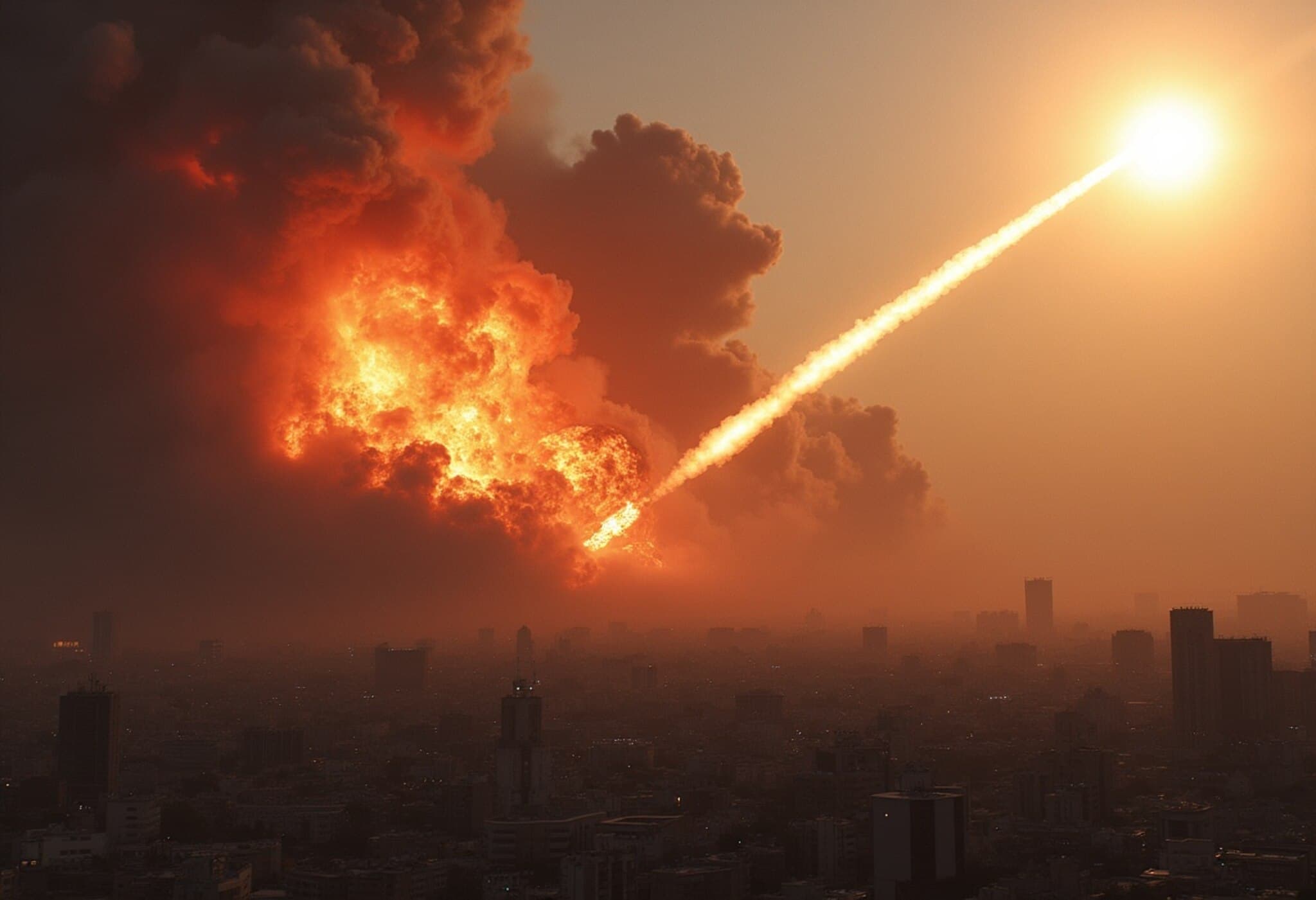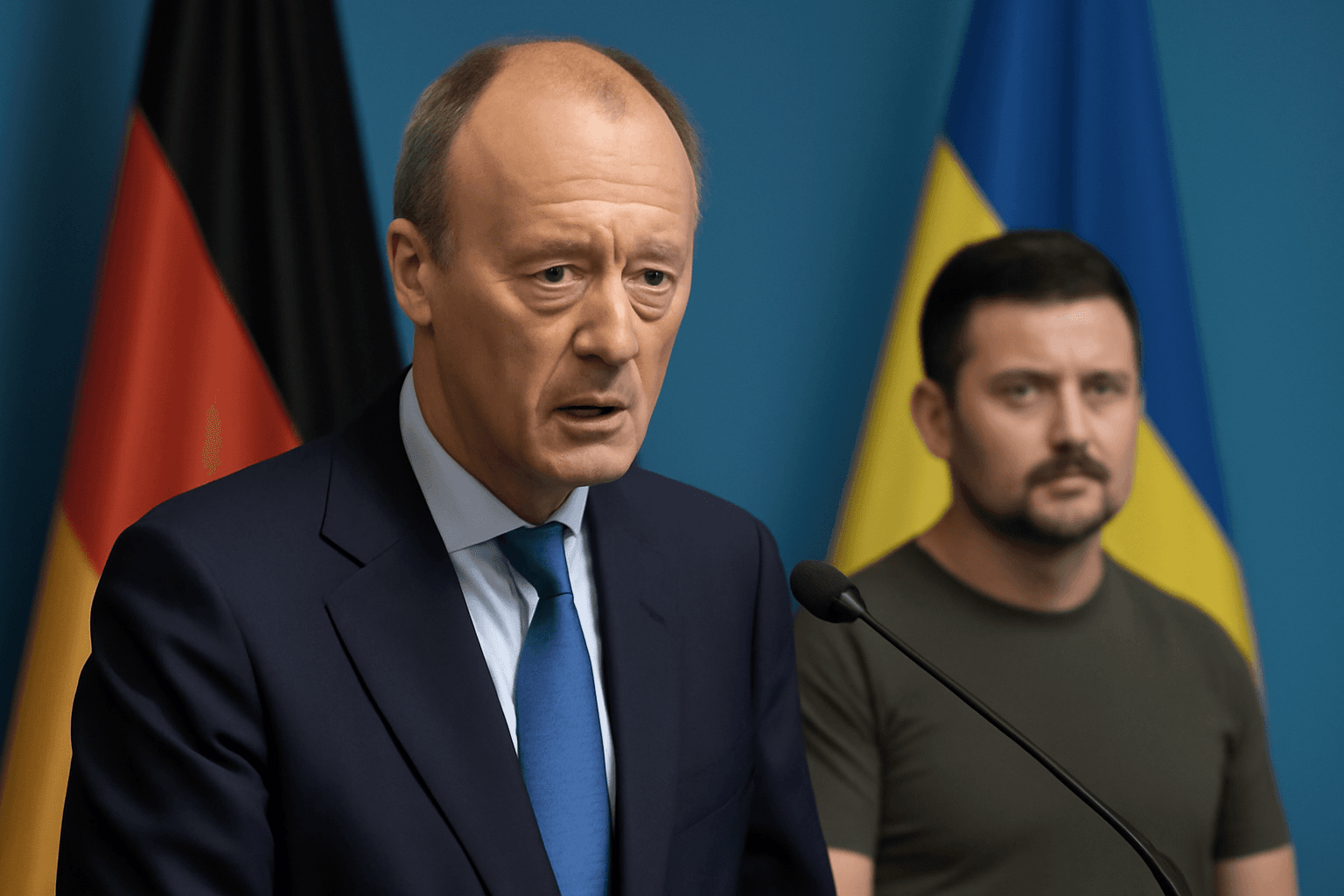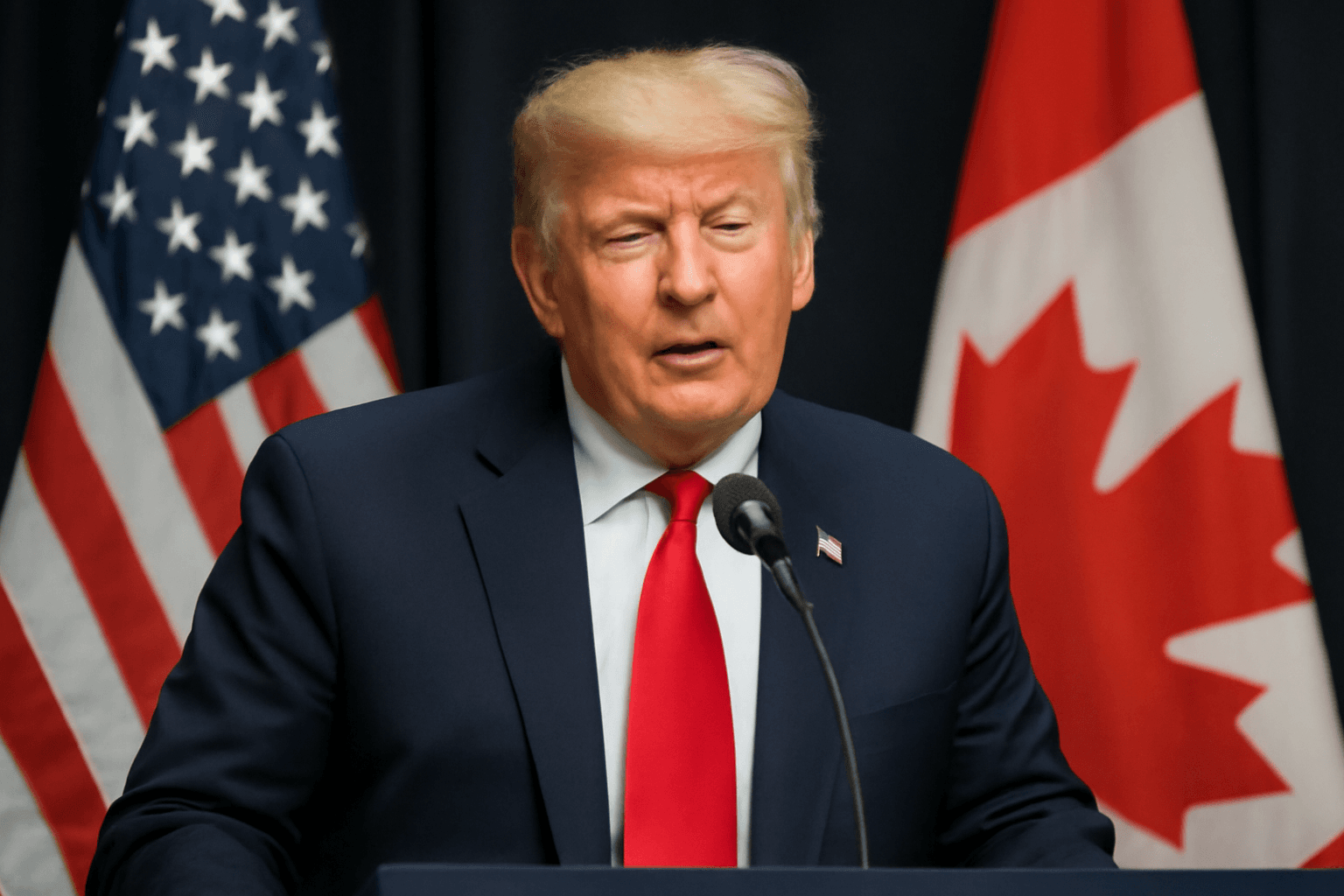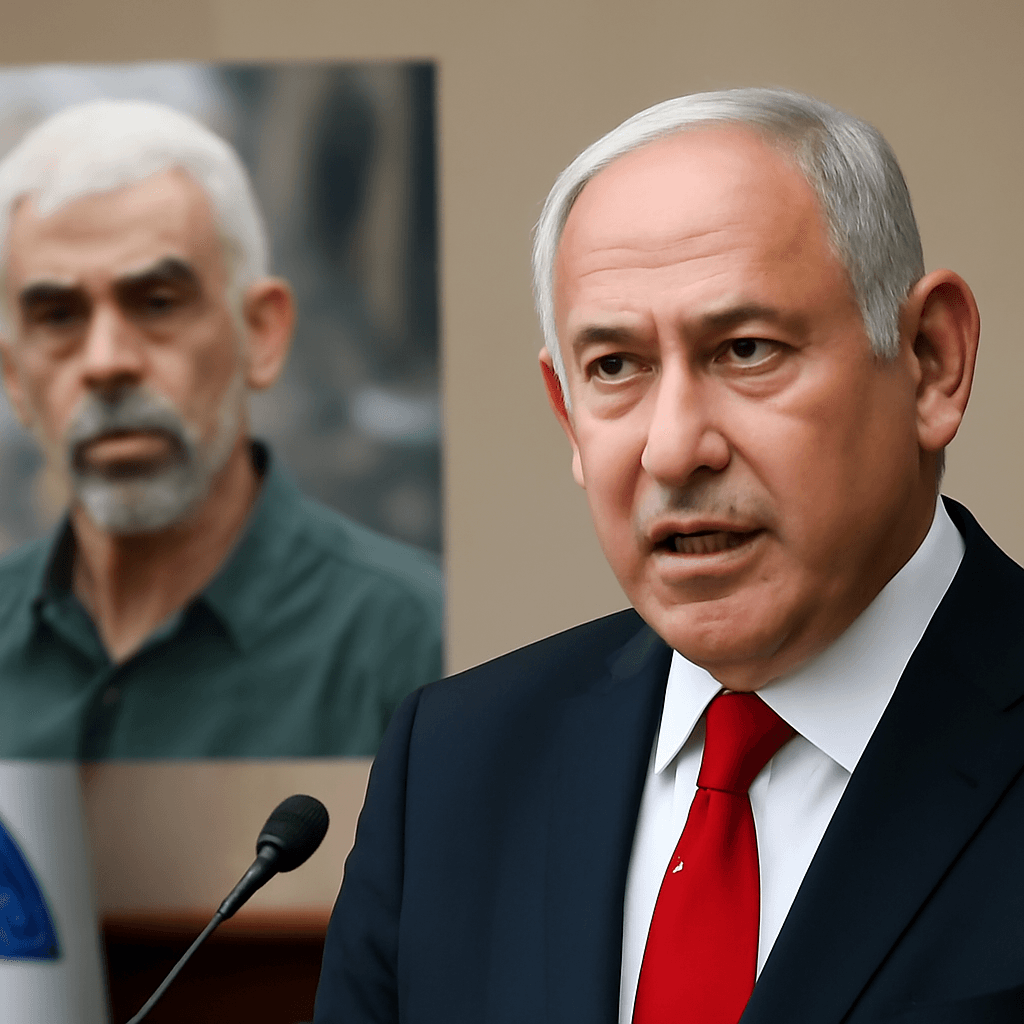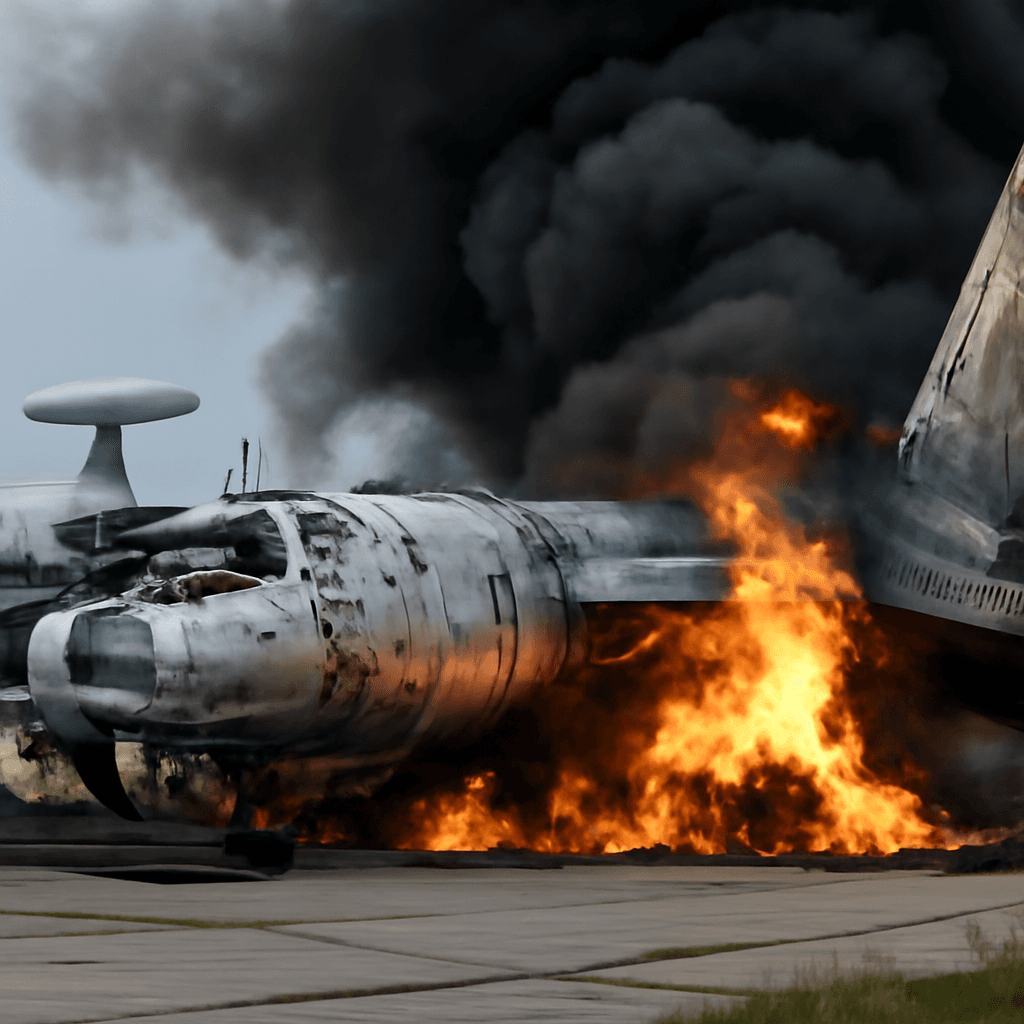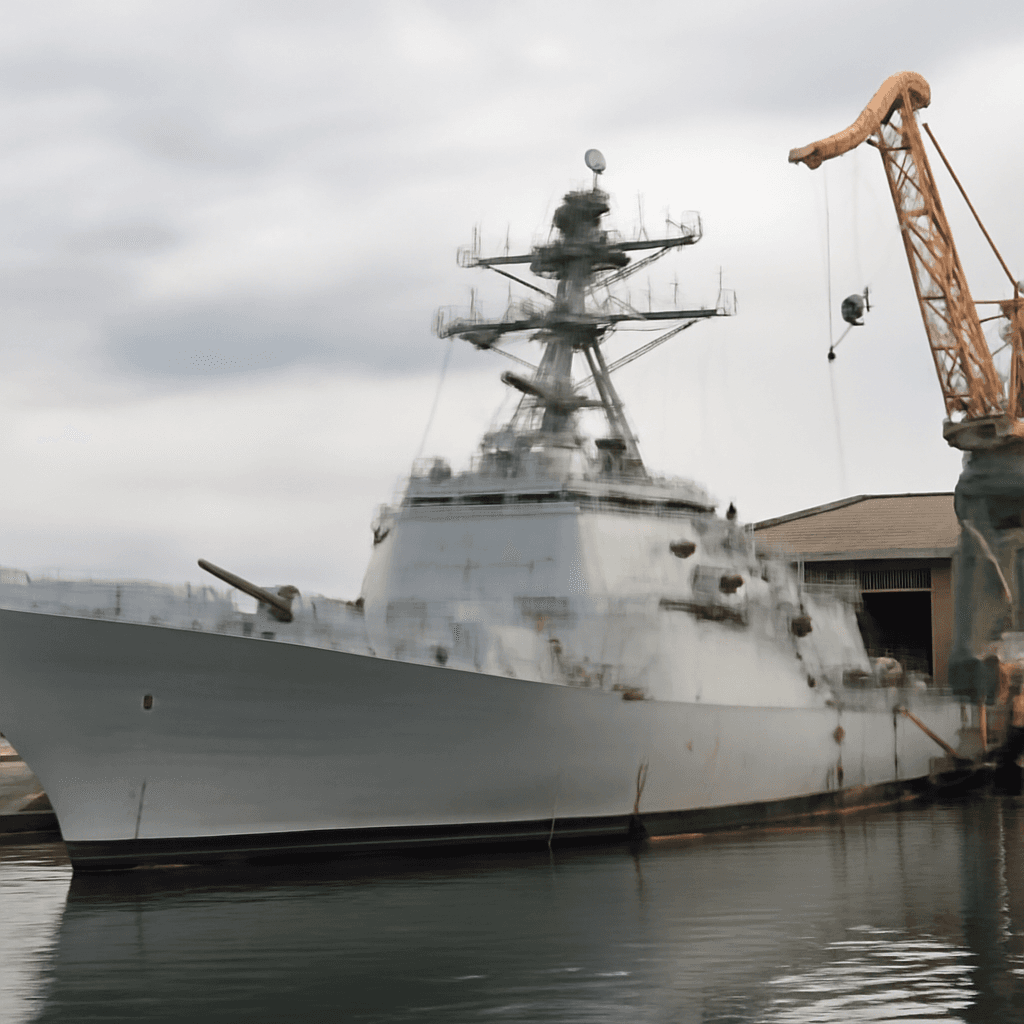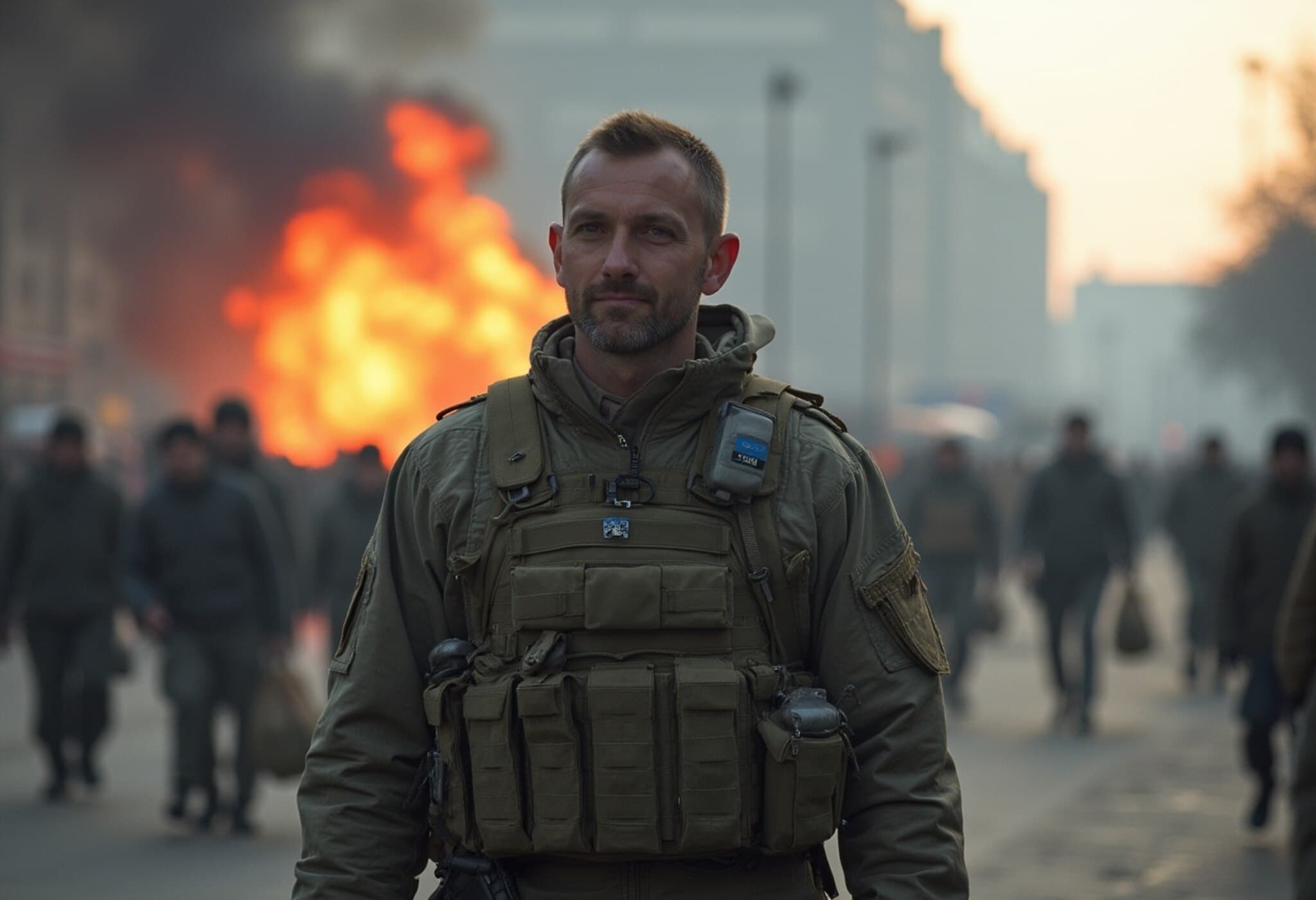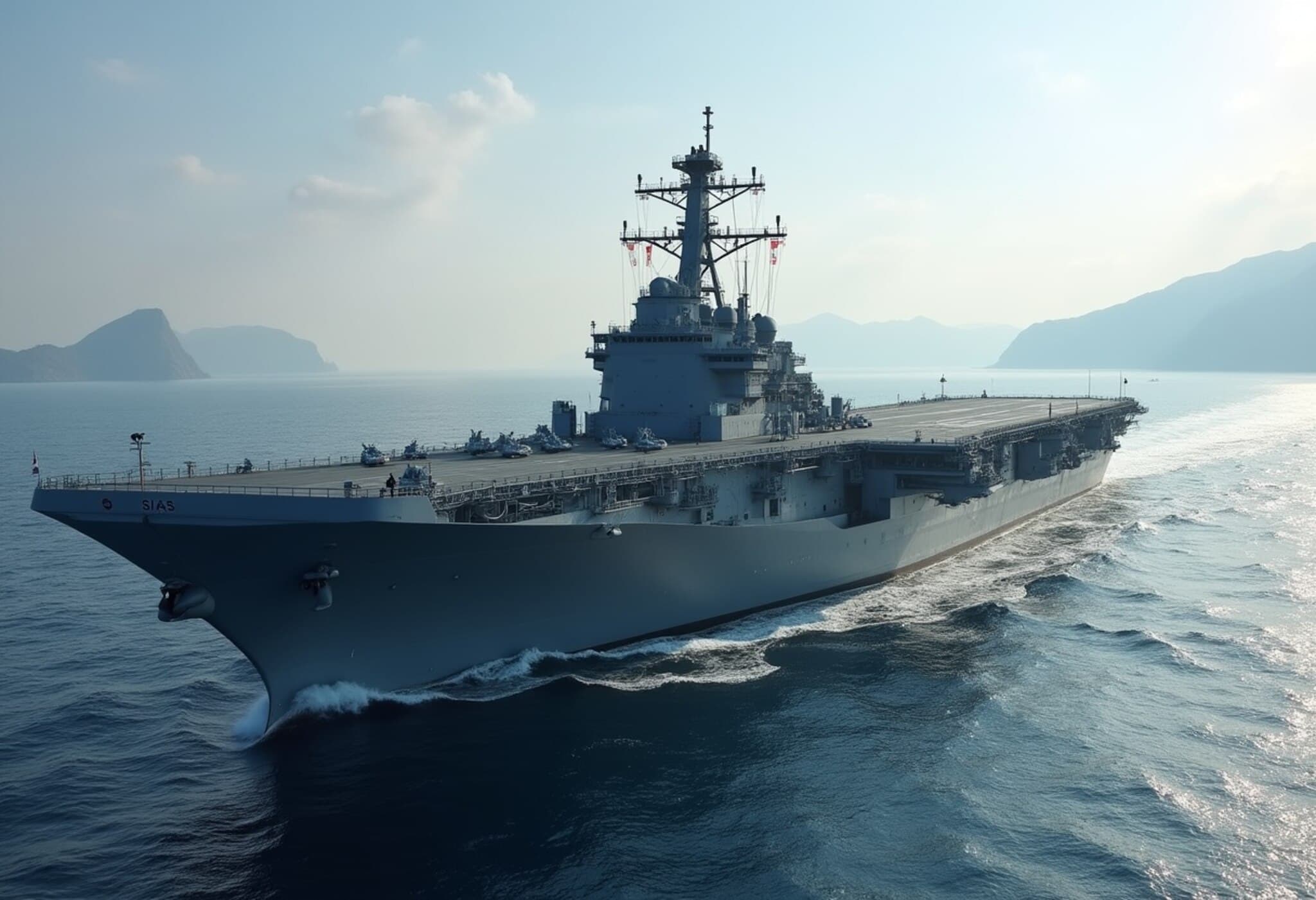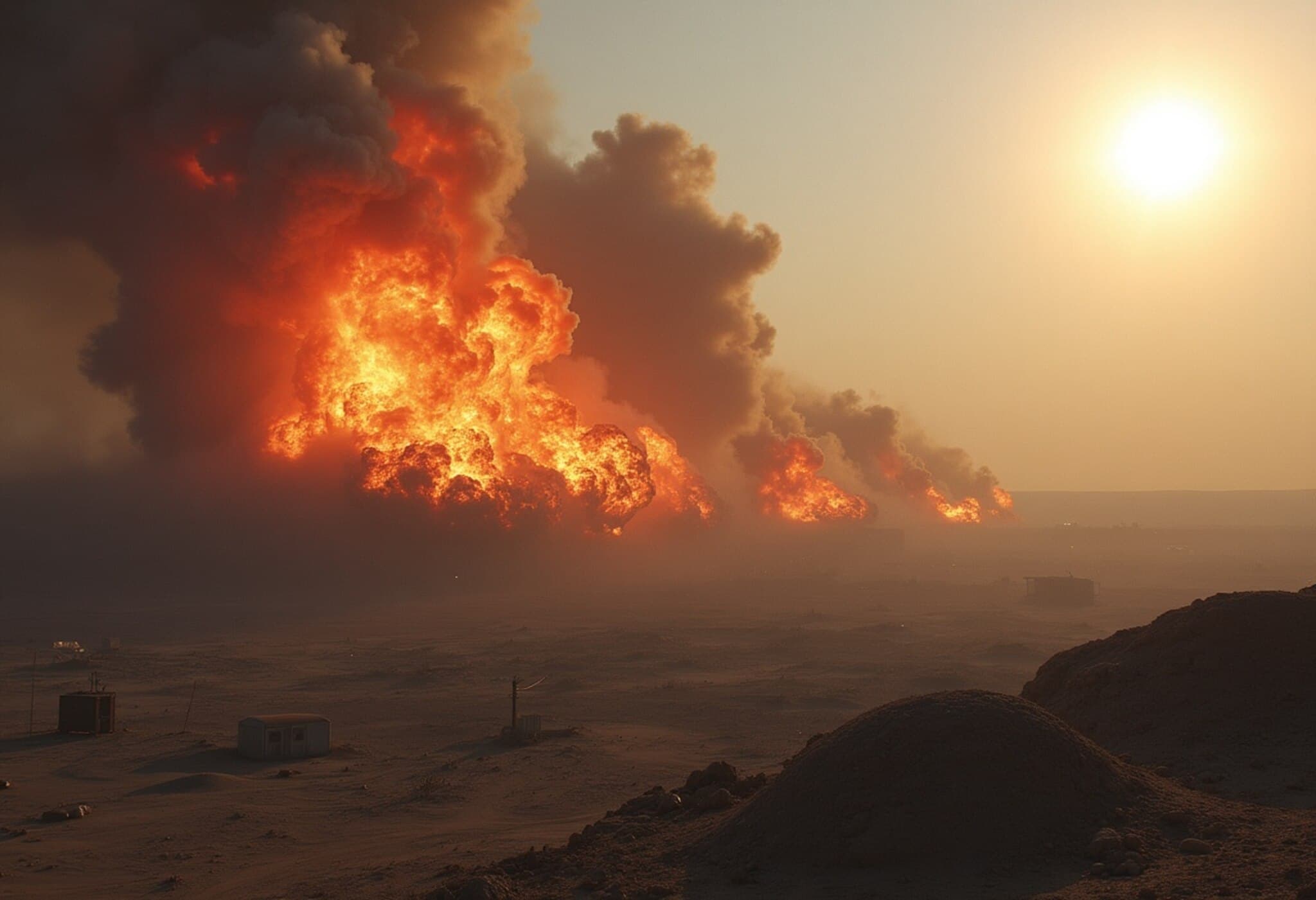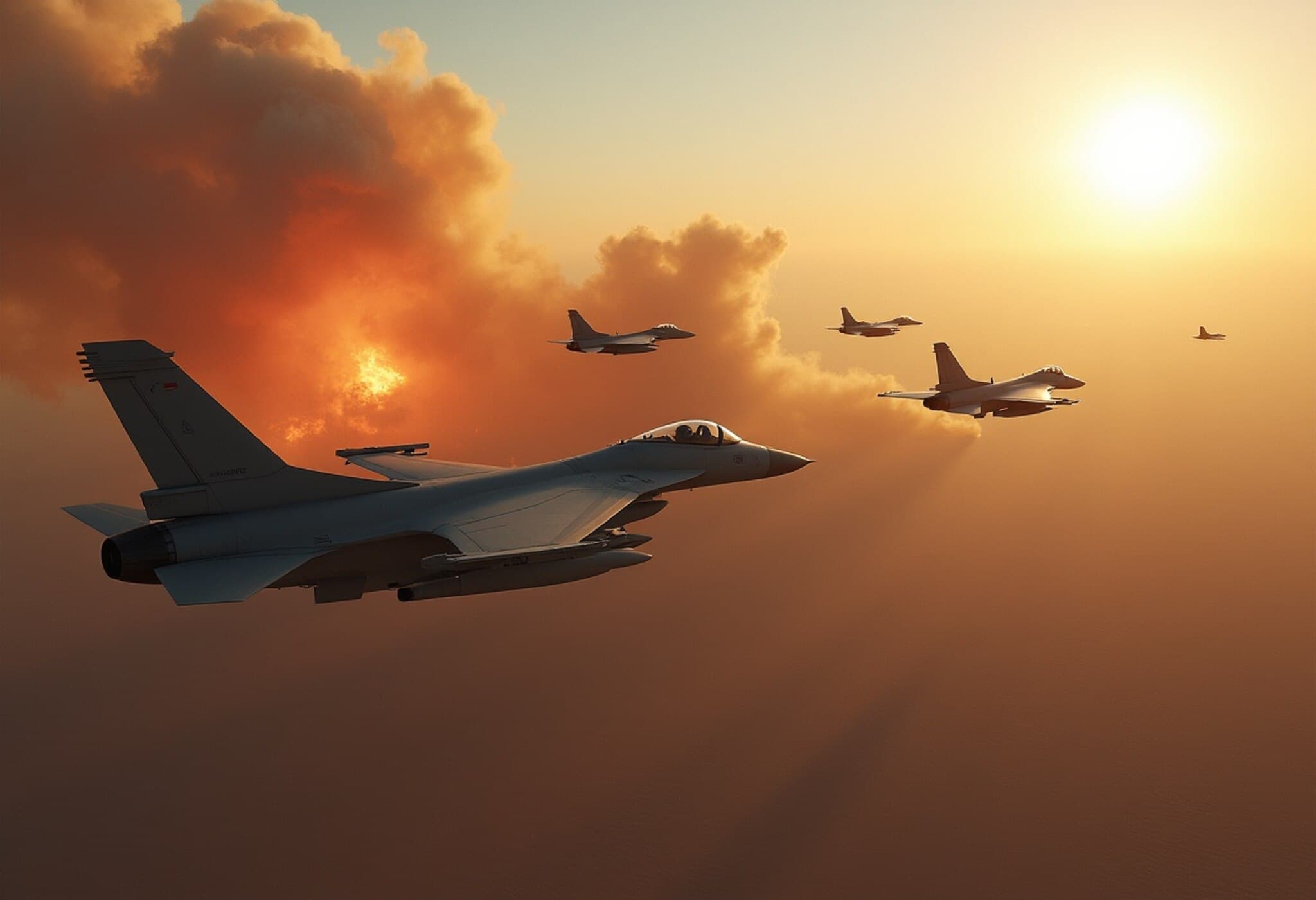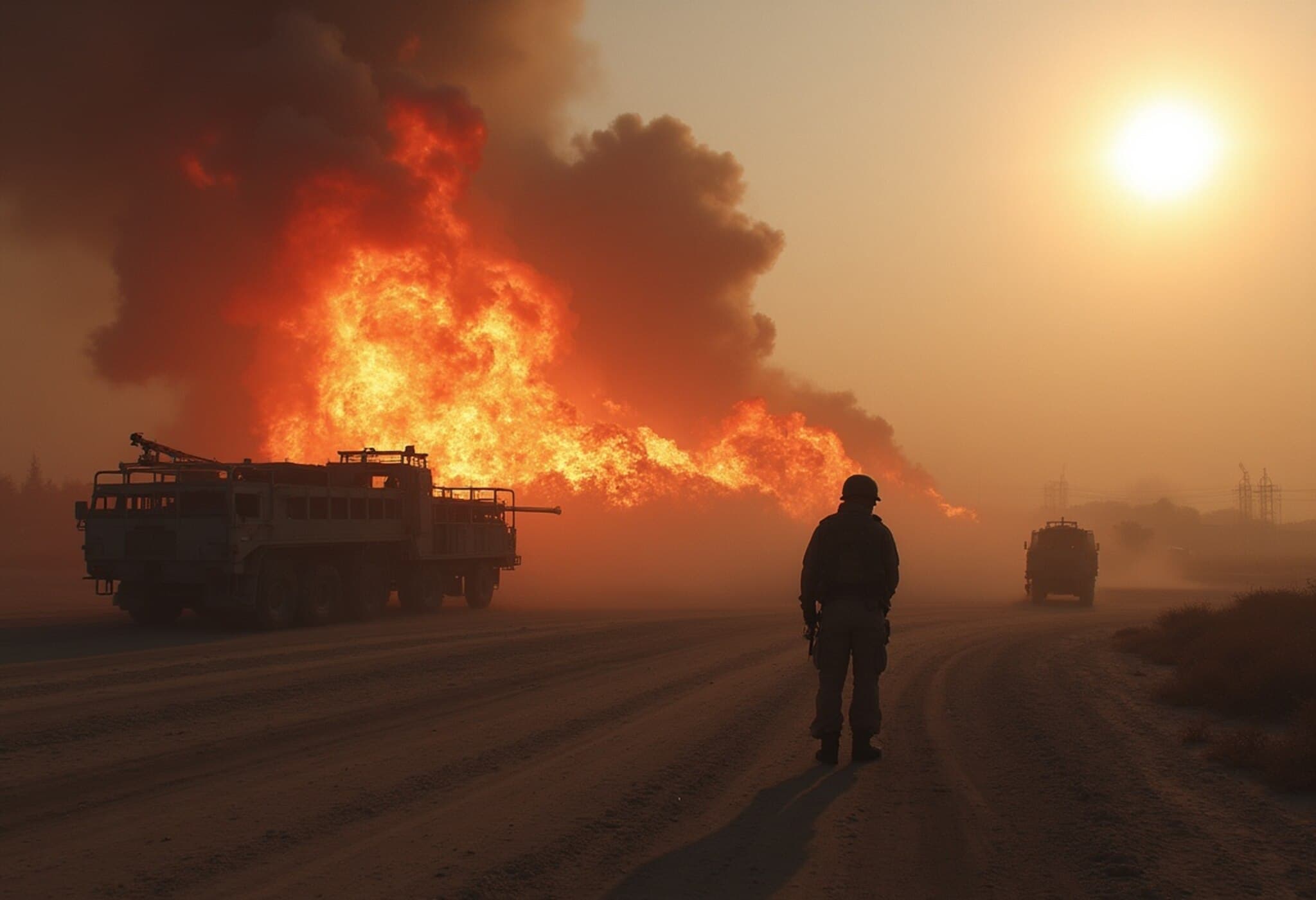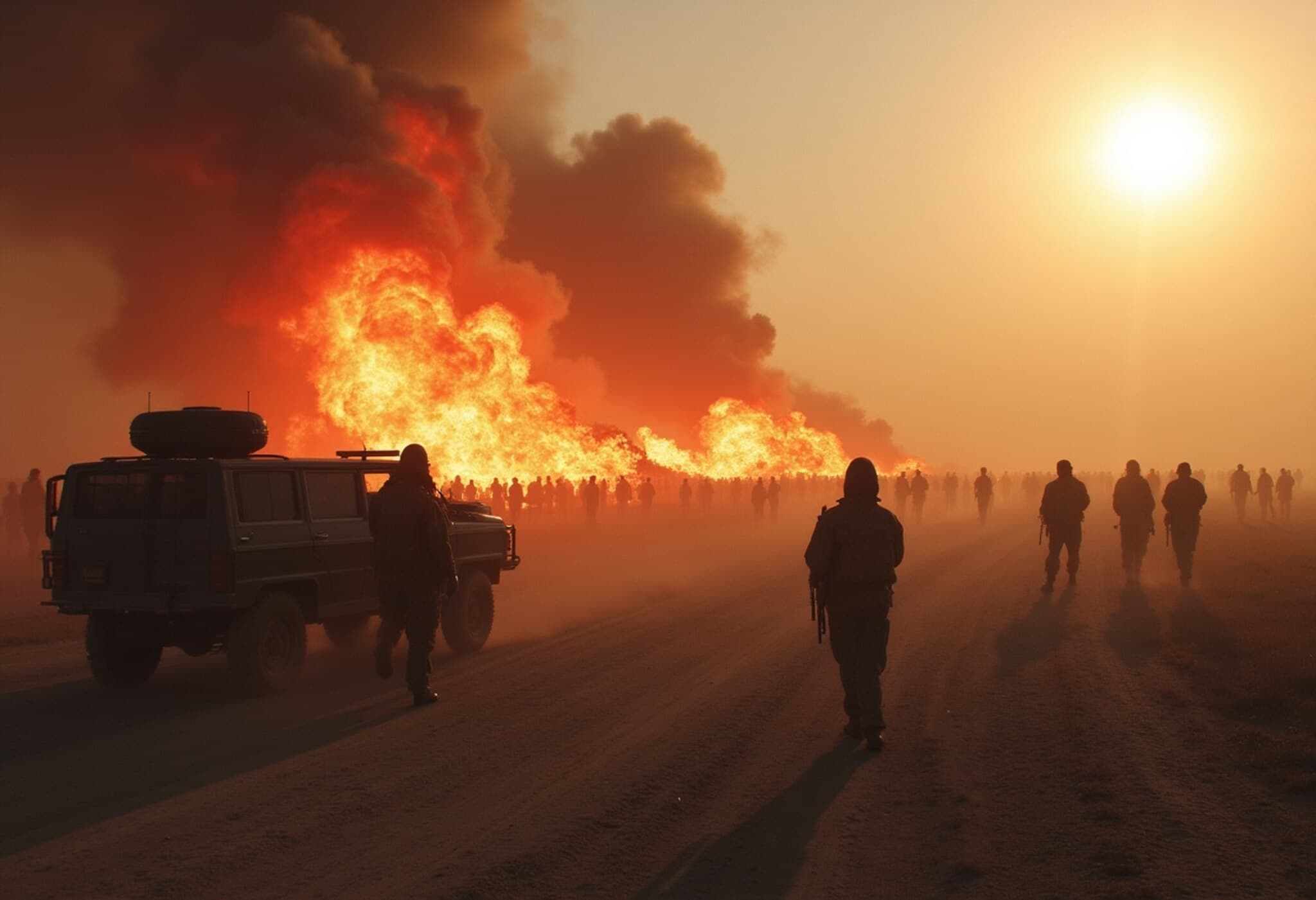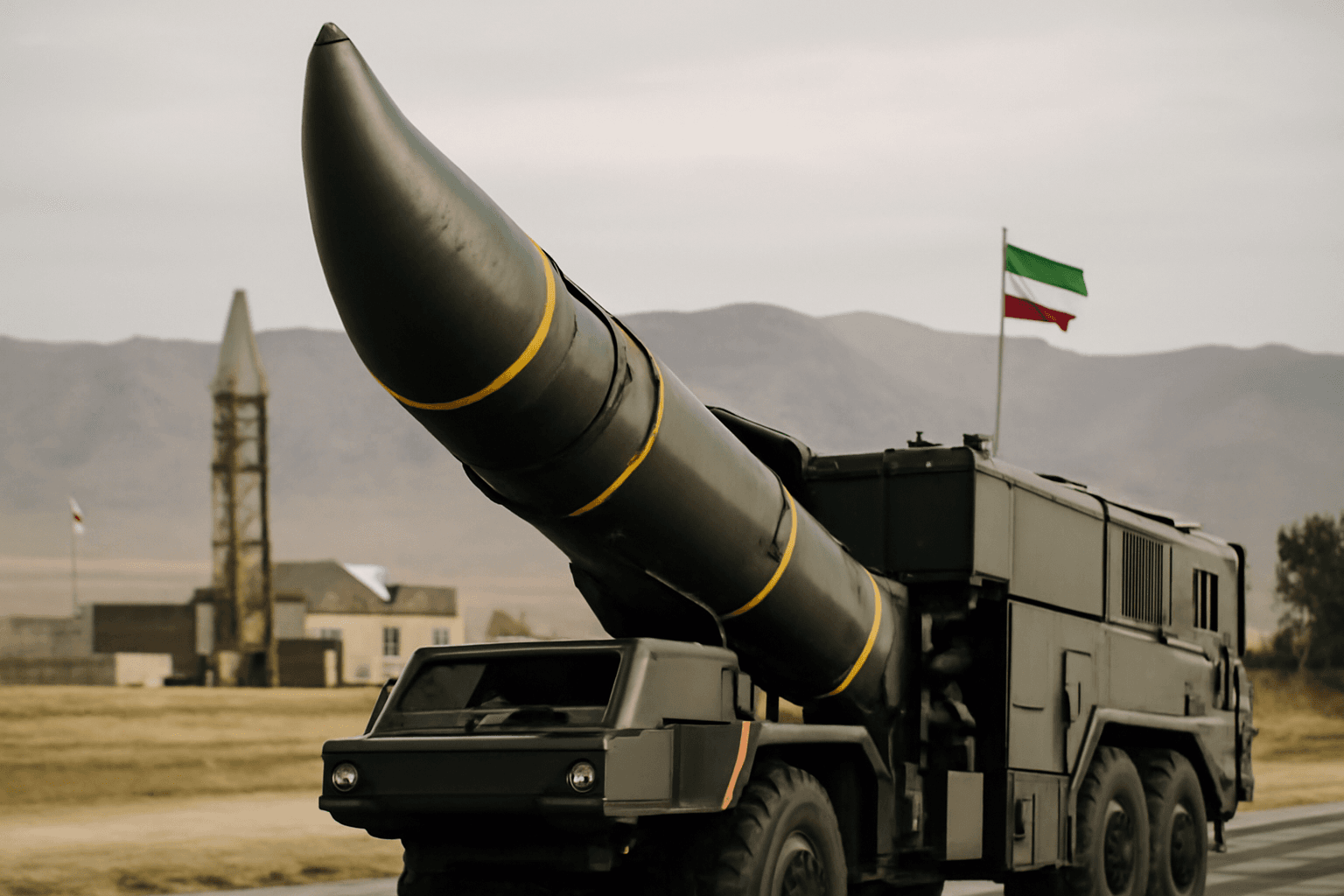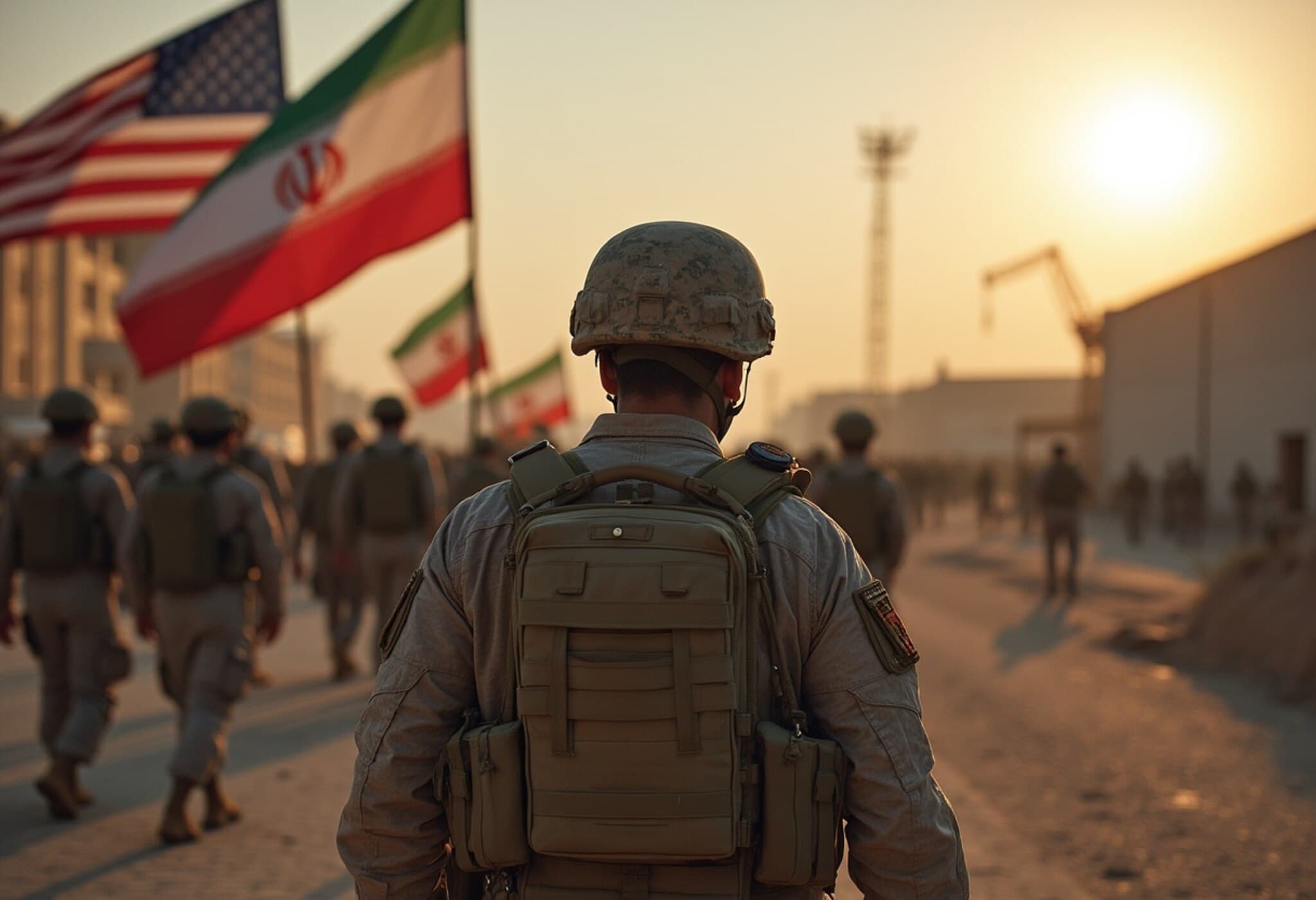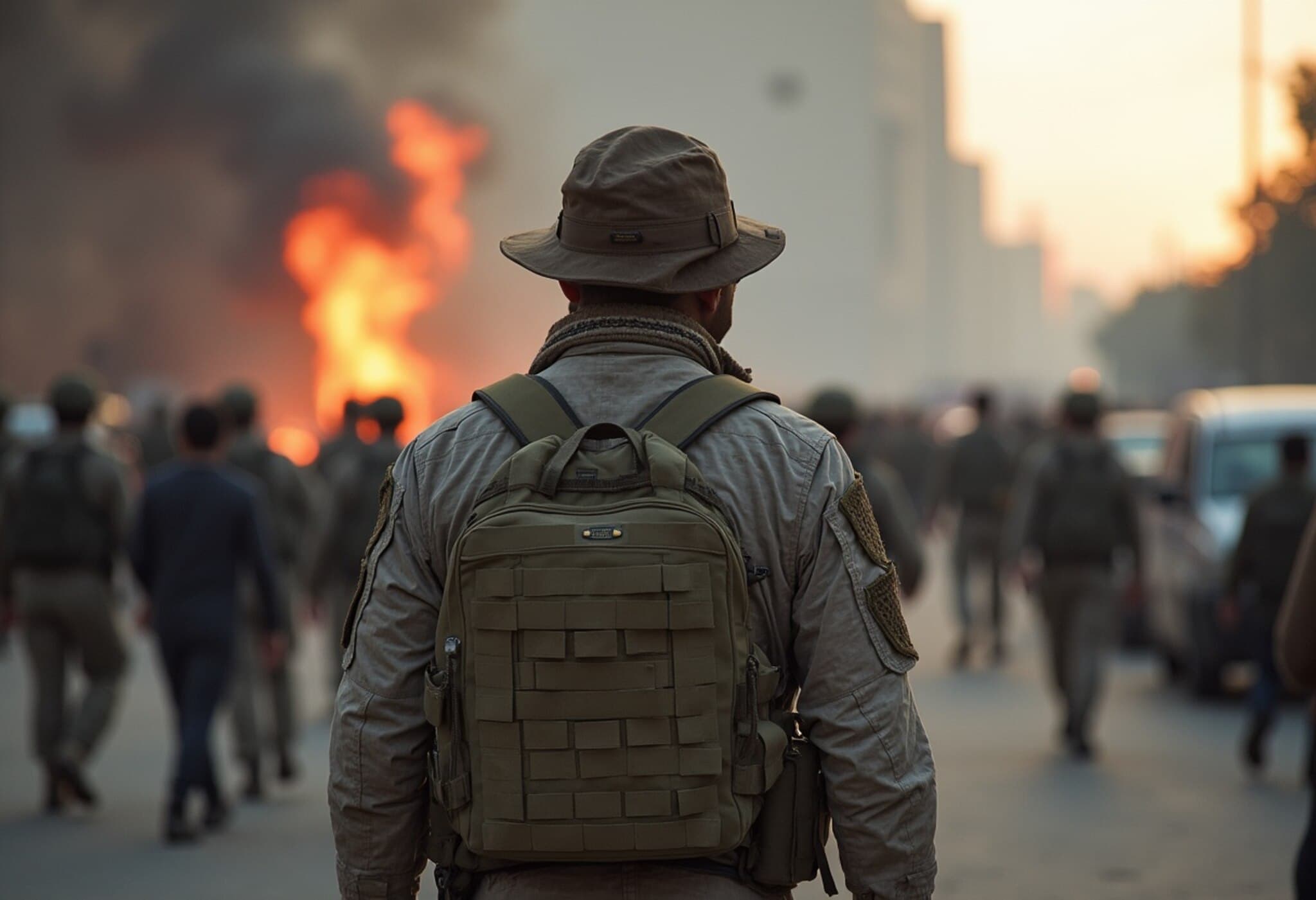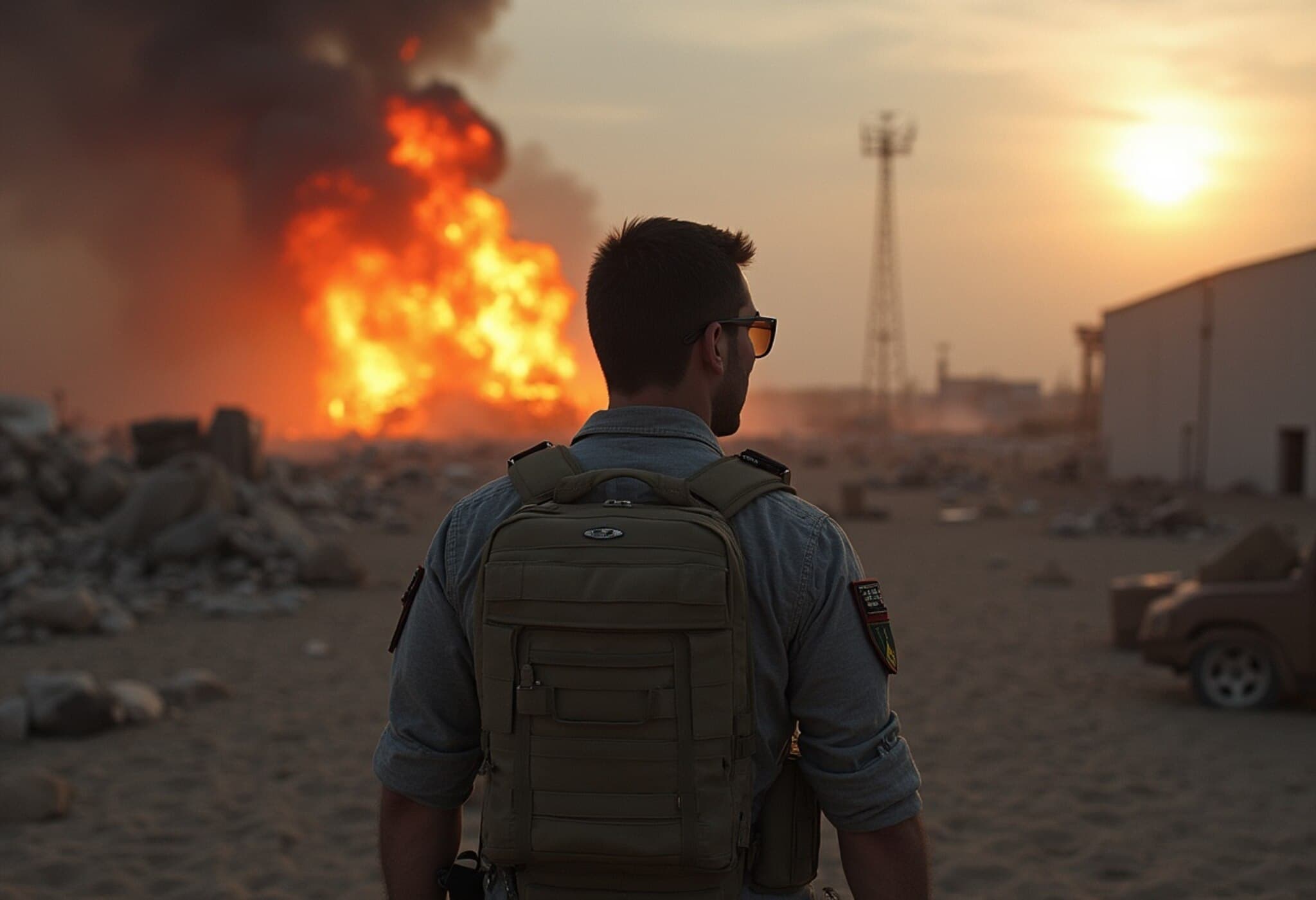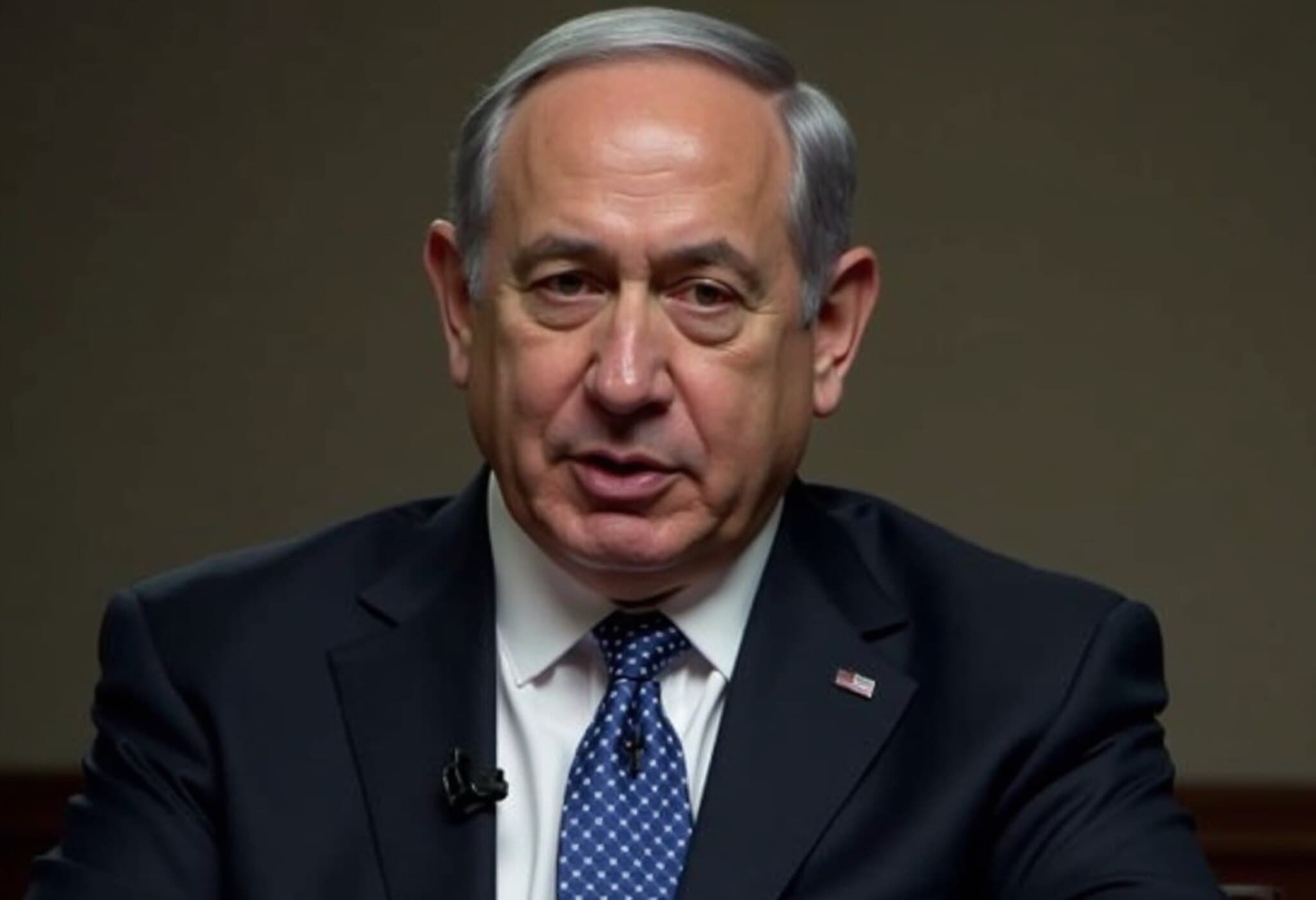US Defense Chief Confirms Major Blow to Iran's Nuclear Ambitions
The United States has delivered a significant setback to Iran's nuclear program through a carefully orchestrated military operation targeting three key nuclear facilities. Speaking at a Pentagon briefing, US Defense Secretary Pete Hegseth stated that the strikes have "devastated the Iranian nuclear programme," marking a decisive moment in US-Iran tensions.
Operation Midnight Hammer: A High-Stakes Military Campaign
Dubbed Operation Midnight Hammer, the mission focused on Iran's main nuclear enrichment sites located in Natanz, Isfahan, and Fordow. The assault mobilized over 125 military aircraft, including stealth B-2 bombers, accompanied by 14 massive GBU-57 bunker-buster bombs and more than 30 Tomahawk missiles launched from US submarines patrolling the Persian Gulf and Arabian Sea.
Secretary Hegseth emphasized that the order for this operation came directly from the President, underscoring the administration's commitment to neutralizing the nuclear threat. He noted that the success of the operation was the result of months of meticulous planning, extensive deception tactics, and strict operational secrecy.
Precision and Power: Details of the Strikes
The assault was executed between 2:00 AM and 3:30 AM local time with simultaneous air and sea launches designed to overwhelm and disorient Iran's air defense capabilities. General Dan Caine, leading the military execution, described the strikes as precise and conducted without prior warning.
Of particular note was the attack on the Fordow facility — Iran's most heavily fortified nuclear site, nestled beneath a mountain in Qom. Six 30,000-pound bunker-busting bombs were dropped on this location alone. Meanwhile, Tomahawk cruise missiles targeted vital infrastructure at Natanz and Isfahan, essential to uranium enrichment and centrifuge assembly.
B-2 stealth bombers reportedly penetrated Iranian airspace undetected, delivered their payloads, and exited without triggering radar alerts, showcasing the advanced capabilities and meticulous execution of the operation.
US Stance: No Nukes, No Regime Change
In his statements, Secretary Hegseth clarified that the objective was not regime change but the specific dismantling of nuclear threats to American national security. He issued a stern warning against any Iranian retaliation, promising a response "far greater than what was witnessed" in this operation.
This administration’s approach contrasts sharply with previous ones, sending a clear message that pursuit of peace includes zero tolerance for nuclear advancement by Iran.
President Trump Praises Success, Issues Ultimatum
President Trump lauded the mission in a late-night address, describing it as a "spectacular military success" that obliterated Iran’s critical nuclear sites. His remarks followed a failed diplomatic round in Rome and the expiry of a self-imposed ultimatum demanding Iran accept new disarmament terms.
On his social media platform, Trump issued sharp warnings, urging "UNCONDITIONAL SURRENDER!" He also referred to Iran's Supreme Leader Ayatollah Ali Khamenei, threatening targeted action, although he later confirmed that assassination plans had been considered but ultimately set aside.
Iran's Response: Damage Weighed, Tensions Escalate
Iran's Atomic Energy Organization acknowledged the attacks, confirming the strikes on facilities but insisting there were no radiation leaks or civilian casualties. The government highlighted a continued commitment to peaceful nuclear pursuits despite the damage.
Reports from the region describe a strong emergency response presence around Qom and Isfahan. Iran’s Supreme National Security Council quickly convened an emergency session but has yet to announce any official retaliation. Military spokespeople warn that the assault will not go unanswered, reiterating Iran’s resolve to protect its sovereignty.
Looking Ahead
The strikes mark a critical juncture in US-Iran relations, underscoring the volatile balance between diplomacy and military action. With Iran now facing a severely crippled nuclear infrastructure and a clear message from the US administration, the coming days will be pivotal in shaping the region’s geopolitical landscape.

